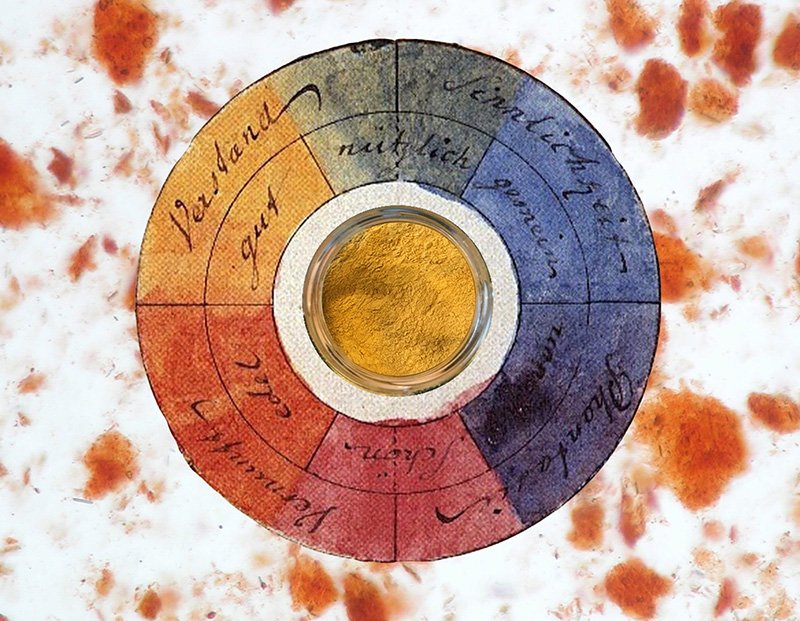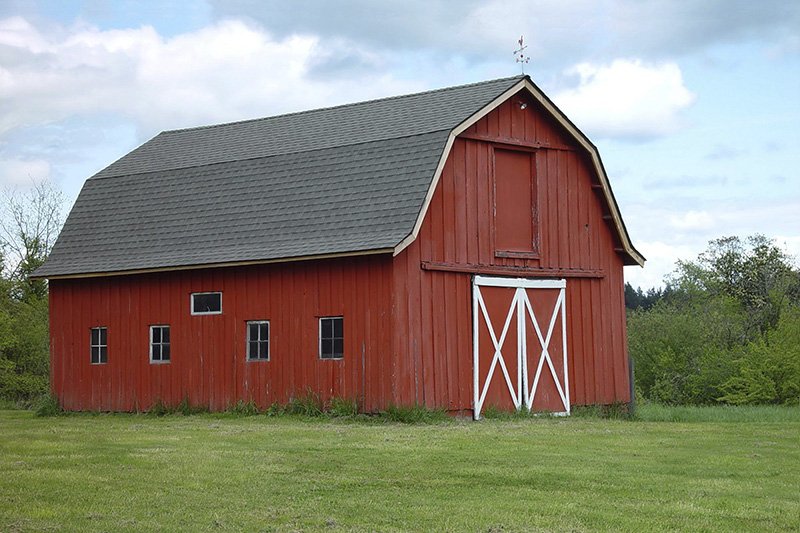World Pigment Day
Poster from World Pigment Day, March 2020, courtesy of The Pigment Timeline Project.
Julie Beeler of the Mushroom Color Atlas, mulls pigment.
In Celebration of Color
Did you know that March 22nd is World Pigment Day? Well it hasn’t been around for long, being officially founded in March of 2020 by researcher and senior lecturer, Dr. Ruth Siddall and Jo Volley of University College London. The day “celebrates pigments; natural, synthetic, biological and geological.” Today WPD is celebrated around the globe by artists, researchers and pigment enthusiasts alike.
In a blog entry from 2020 announcing the dedication, they explain why the date March 22nd was picked.
“We have chosen this date, because it marks the death of the poet Johann Wolfgang von Goethe (28/08/1749-22/03/1832). Goethe was a polymath. In addition to his plays, poetry and prose, he wrote on botany, and importantly published his Theory of Colours in 1810 and went on to publish a series of influential monographs on the understanding of colour. The mineral goethite, an iron oxide hydroxide and the main constituent of (most!) yellow ochres is named after Goethe.”
Many of us don’t even think twice about where the colors that shape our lives actually come from. Have you ever considered what makes a banana yellow? A leaf green? A barn red?
The Origins of “Barn Red”
Barn red, sometimes known as Venetian red, after its source in Venice Italy, was traditionally made from an iron-oxide rich earth and used to paint American barns of the 17 and 1800’s. It is a color that is not only born of aesthetics but of practicality.
Adding a coat of paint to a barns exterior created better insulation for cold winters and farmers would commonly mix their own paint using a recipe of skimmed milk, lime and red iron oxide. Linseed, also known as flaxseed oil was also used to seal the boards. In the early days of this tradition, the red pigment was primarily sourced from Italy, but as time went on, deposits were discovered across the States in Georgia, Pennsylvania, Virginia, Alabama, California, Iowa and Vermont.
See this article for more information.
Pigment Resources + Inspiration
Interested in learning more about where colors come from, their histories, contemporary uses and more? Here are some places to get started.
Wild Pigment Project, Ochre Sanctuary, Julie Beeler’s Mushroom Color Atlas, Botanical Colors, Pigments Revealed International, Pigments Through the Ages
Cover Image: Pigment tests by Iona Green


